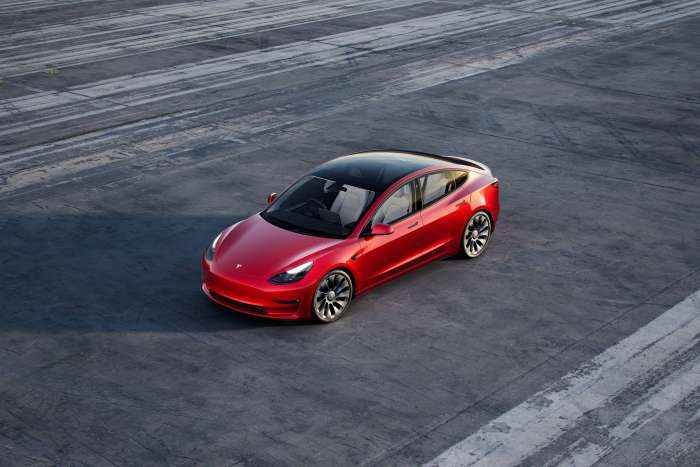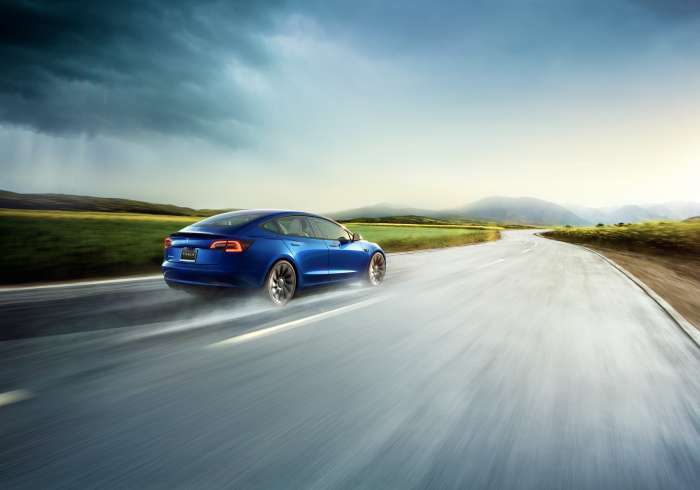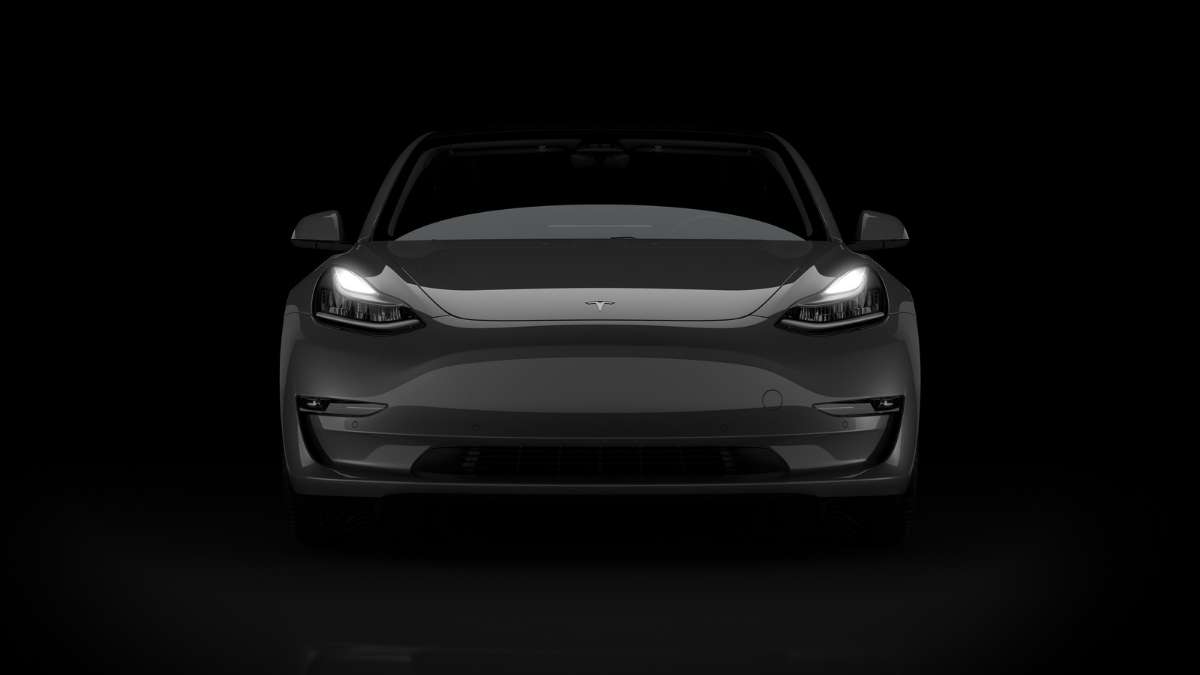In a surprising move, Tesla has limited the availability of its 700 km range Model 3 to taxis and fleet operators only. This decision may prove controversial, as many individual consumers have expressed interest in a Model 3 with greater endurance capabilities.
But what are the Pros and Cons of this strategy? There are actually a few reasons behind Tesla's taxi and fleet usage restriction:
- Encourage taxi and fleet operators to switch to electric vehicles for their environmental benefits, fuel savings, and reduced maintenance costs;
- Leverage the long-range capabilities of the Model 3 to demonstrate its viability as a reliable workhorse for commercial transport operations;
- Control the demand for this specific model, as production constraints and limited battery supplies might not allow for mass-market consumption at this stage;

Despite these - very reasonable - justifications, there are in fact several drawbacks to the decision as well:
- Disappointment and potential backlash from individual customers who have been waiting for an extended range Tesla at an affordable price point;
- Possible loss of market share to competitors who may offer similar range options without usage restrictions (which is already the case, in some countries);
- Undermining the perception of the Model 3 as a vehicle for all consumers, causing some to reconsider their brand preferences.
It remains to be seen whether Tesla will stick to this fleet-only strategy for its 700 km Model 3 or eventually expand its availability to individual consumers. There are several factors that could influence such changes:
- Advancements in battery technology that lead to increased production and supply capacity, allowing for broader commercialization of the long-range variant;
- Market pressure and competitive forces pushing Tesla to provide a similar offering for individual consumers to maintain its market share and customer base;
- Positive responses and success of this 700 km range Model 3 in the taxi and fleet sectors could convince Tesla to widen its target audience and cater to consumer preferences.

Ultimately, Tesla's decision to restrict this extended range Model 3 to taxis and fleet operators may be a strategic move that evolves over time, adapting to market demands and technological advancements. As the landscape of electric vehicles continues to shift, it will be interesting to see how this choice impacts Tesla's overall market position and consumer perception.
There are also some additional key points to take into account, like the incorporation of customer feedback and public perception into Tesla's marketing strategies, potentially leading to a change in the availability of the "extended range” Model 3; and the development of new models within Tesla's lineup that cater to both individual consumers and commercial operators, offering a wider range of options that include extended range capabilities.
In conclusion, while Tesla's decision to limit the extended range Model 3 to taxi and fleet operators may be controversial, it could also serve as an important catalyst for change within the EV industry.
All images courtesy of Tesla Inc.
Nico Caballero is the VP of Finance of Cogency Power, specializing in solar energy. He also holds a Diploma in Electric Cars from Delft University of Technology in the Netherlands, and enjoys doing research about Tesla and EV batteries. He can be reached at @NicoTorqueNews on Twitter. Nico covers Tesla and electric vehicle latest happenings at Torque News.





